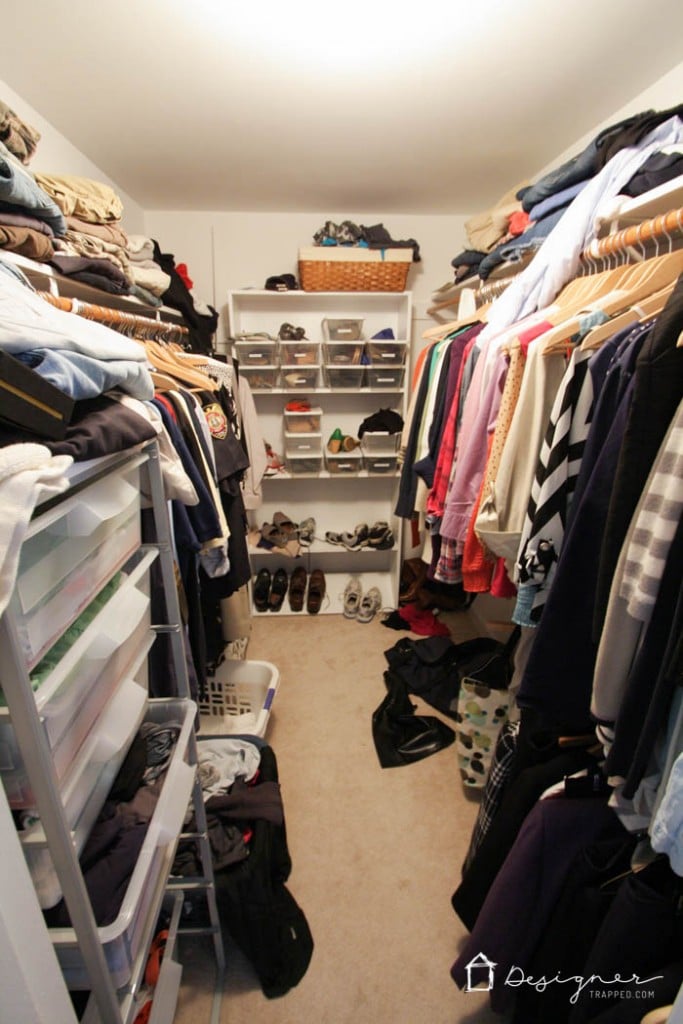

Everything else, however, is better off in a storage unit with shuttered doors to avoid a ‘busy’ look.Īll in all, organising your kitchen is a way to achieve order in a space full of all manner of items with very different uses, assigning a single, definitive place for every item. Put your mixer here if you use it at least once a week and the toaster and coffee machine if you use them on a daily basis. These are our work surfaces but we often fill them with small appliances we hardly use. In kitchens of all sizes, particularly smaller ones, the best way to achieve an ultra-organised look that’s also easy to keep clean is to declutter your countertops. Always remember to keep these products in their original packaging, without removing the label. For safety, never store cleaning gel, bleach, ammonia, etc. If you have small children at home and this feels too accessible, lock this area with a key or place items in a higher unit. The cupboard under the sink is usually where we store cleaning products.
#To organise install#
If possible, install your pantry near the fridge and use transparent sealed jars in glass or plastic, or metal with a viewing panel or label, to store ingredients such as pulses, pasta, rice, nuts and biscuits.

Try drawer separators, removable trays for condiments, racks for cloths, etc.Īs a general rule, place the most commonly-used products between your waist and head height, following the ergonomic dimensions for comfortable access, and those you use less often in the rest of the space. And if you identify a need for storage accessories to achieve a better layout, now’s the time to get some. This way, every item will have its own place where you can put it back after use, banishing disorder forever. So if one of your New Year’s resolutions was to eliminate the stress of always feeling on the back foot, start with the basics of good organisation.It’s better to spend time thinking about where everything will go, rather than just putting it back anywhere, especially when you’re organising a small kitchen. Local committees organising opposition rallies reported that at least 21 people were killed.
#To organise how to#
If organized labour is as great for workers as its supporters claim, why are so few people fighting to save it? Īlthough they lost to New England, the Ravens’ organization remains stable. Outside North AmericaĪ government spokesman said the Council of Ministers is currently considering how to organise the service in the best way. Having an efficient system to file and otherwise organize these documents can save frustration and time. But as anyone with access to Google News can ascertain with a few minutes of searching, organise is now preferred, at least in news publications, which tend to reflect popular usage. What this graph shows is that at the turn of this century organize was the preferred spelling in some types of British publications. This ngram graphs the use of the two spellings (as a percentage of all words) in a large number of British books, journals, and magazines published between 18: Since then, organize has mostly maintained its ascendancy, though British writers in particular have been seemingly unable to make up their minds. The spelling now preferred outside North America did not appear until a century or two later. When the word came to English from Latin via French in the 15th century, its primary spellings were organize and organyse.

This extends to all the word’s derivatives, including organized/ organised, organizing/ organising, and organization/ organisation.

and Canada, and organise is more common outside North America. Organize is the preferred spelling in the U.S. Organise and organize are different spellings of the same word.


 0 kommentar(er)
0 kommentar(er)
